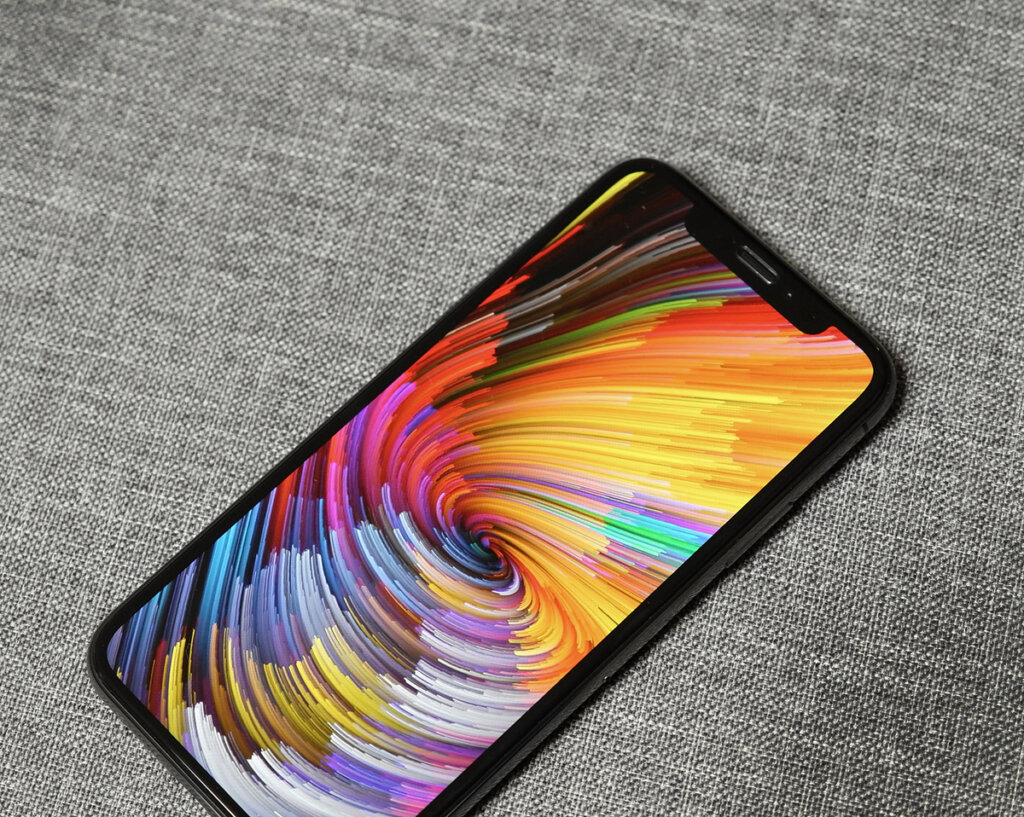These Mobile Strategies May Aid Cities to Engage Residents and Increase the Impact of Services

Whether you deliver services from city hall or a Fortune 500 company, having a mobile strategy is vital.
Today government services must be available on mobile if they intend be effective or serve residents equitably. In 2018, the research firm Statista reports 52.2 percent of all website traffic worldwide is generated by mobile phones. Further, mobile traffic is expected to increase sevenfold from 2016 to 2021. As the population of mobile users grow — currently at 3.7 billion — state and local governments are expected to make websites mobile ready, package department services in mobile apps and develop infrastructure that accommodates a variety of devices.
The need for this transformation is poignant when you consider many citizens rely on their smart phone as their only form of online access. Pew Research reports that one-in-five American adults are “smartphone-only” internet users, a number that has grown from eight percent in 2013 to 20 percent in 2018. Pew notes that the bulk of these Americans are statistically some of the most vulnerable, those being minorities, youth and low-income earners.
Seeing this digital divide and the fact many Americans prefer a mobile experience, localities are investing in technologies that directly enable smart phones and tablets. Here are five ways state and local governments are going mobile.
1. Service Requests — Graffiti, potholes and missed trash pickups used to require a phone call to 311, the city’s non-emergency hotline. Now citizens can take a photo, write a brief description of the issue, send it to city hall to get real-time status updates. Philly311, the city’s service request app that is powered by Accela, enables this quick communication and has become a model for Service Request Management (SRM). When it was launched in 2012 the app received 1,677 requests, and only two years later more than tripled that amount with 7,441 requests in 2014.
2. Field Inspections — Mobile field inspection apps empower inspectors and code enforcement officers to take their offices on the road. This gives them a wider selection of tools to employ and the ability to deliver quicker service to residents, contractors and business owners. With inspection mobile apps, city inspectors can manage their schedules, route their travel, retrieve office data and complete inspection reports no matter where they are.
3. Parking Apps — From Miami to San Francisco, cities are embracing parking apps as a way to reduce congestion and collect revenue. Smart meters and apps help cities to avoid chasing down residents for parking citations, adds convenient payment options for drivers and can be a tool for strategic on-demand pricing during peak hours. Examples include PARK Smart NYC, LA Express Park , and Miami’s PayByPhone service.
4. Digital Driver’s Licenses — Iowa, Colorado, Idaho, Maryland and Washington, D.C., are developing a program to deliver digital driver’s licenses for residents. The program is designed to not only provide an additional level of convenience for motorists, but it is also hoped to improve the state’s record management.
5. A Mobile Site — It may seem obvious, but developing a mobile-friendly site is one of the biggest things a city can do for their residents. So many services and information are captured in a cities website, and the more accessible such resources are for residents, the more they benefit. Stand out examples of great mobile sites for state and local governments include New York state’s NY.gov, Boston’s Boston.gov, and Philadelphia’s Phila.gov.
For more details on Accela’s mobile service request management apps click here.



